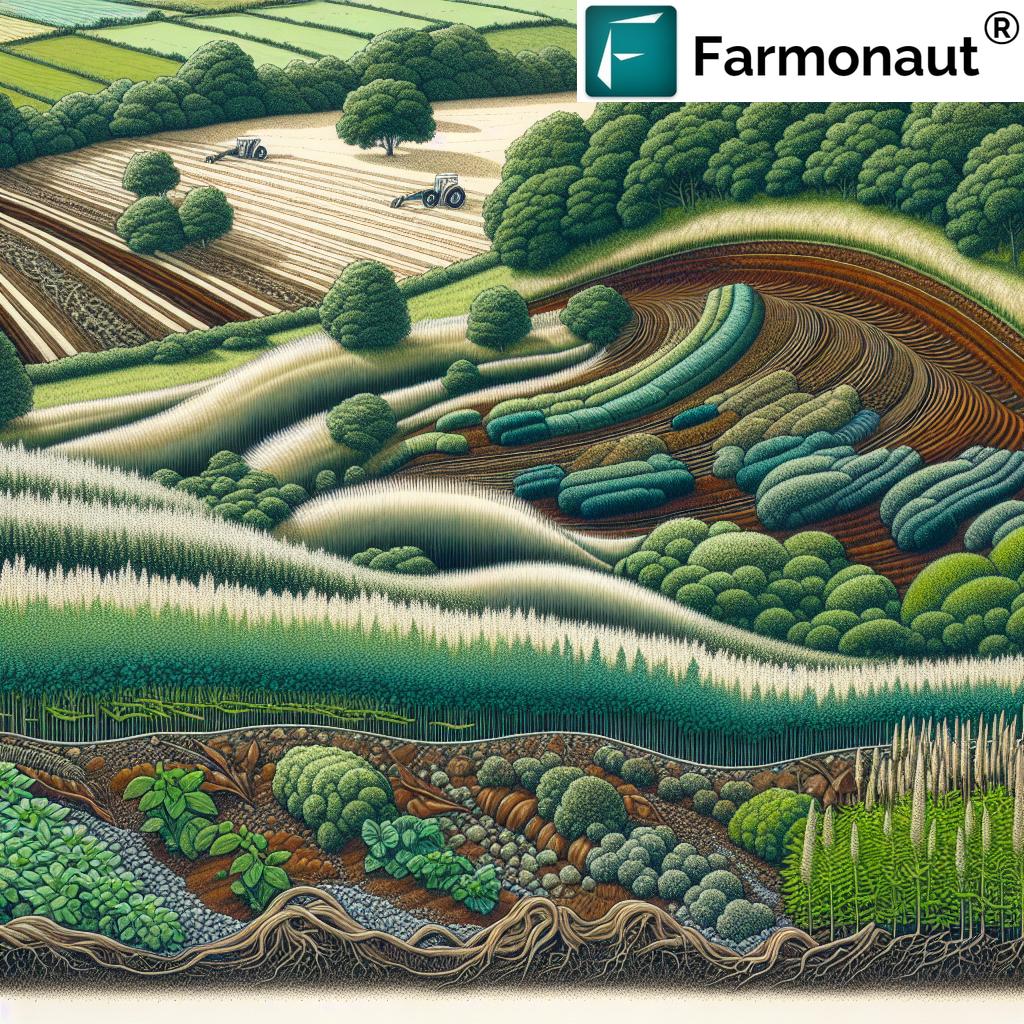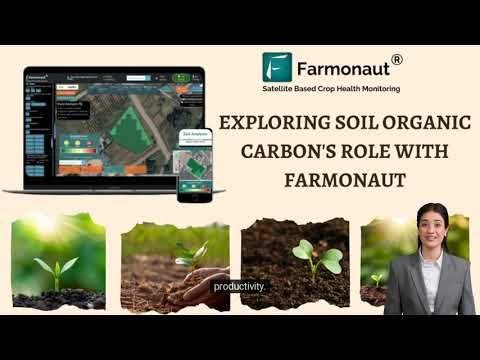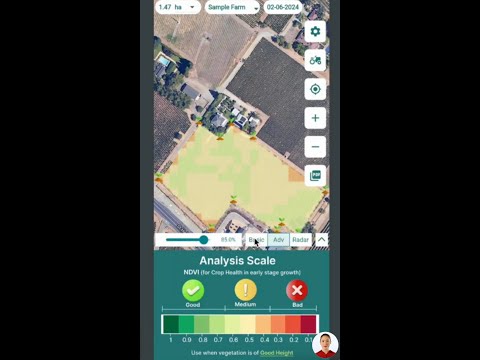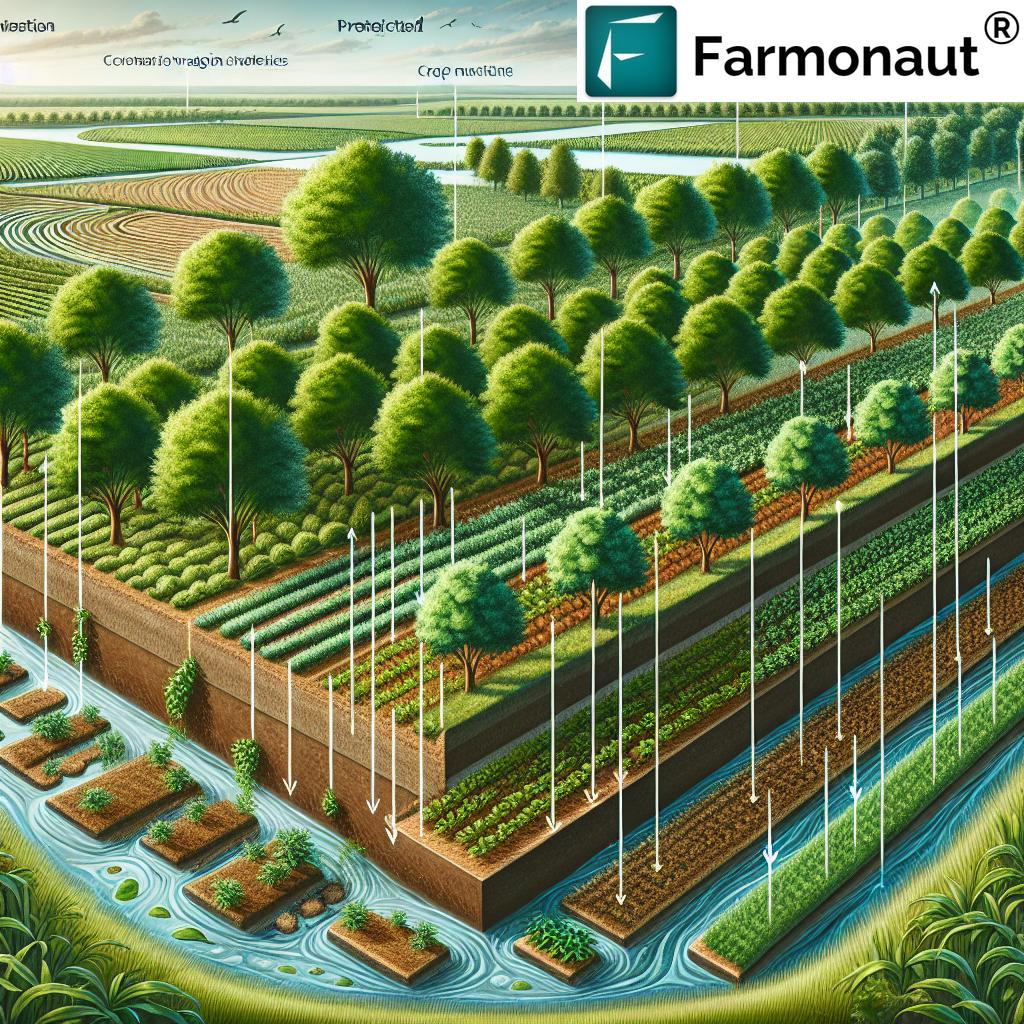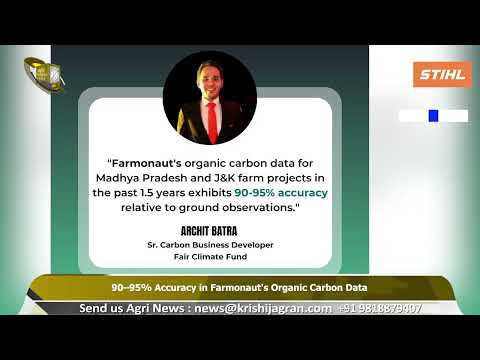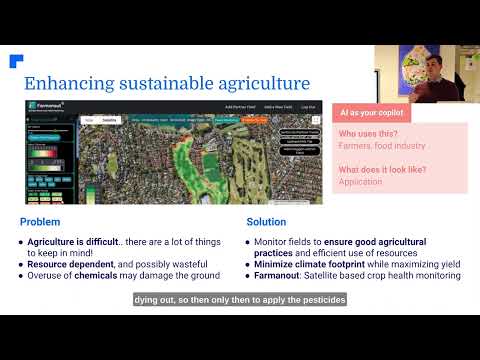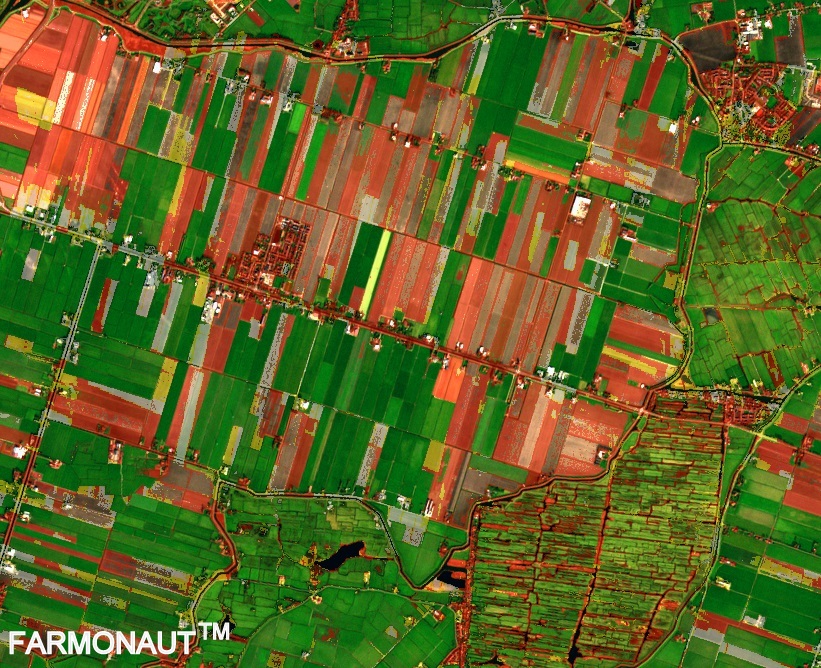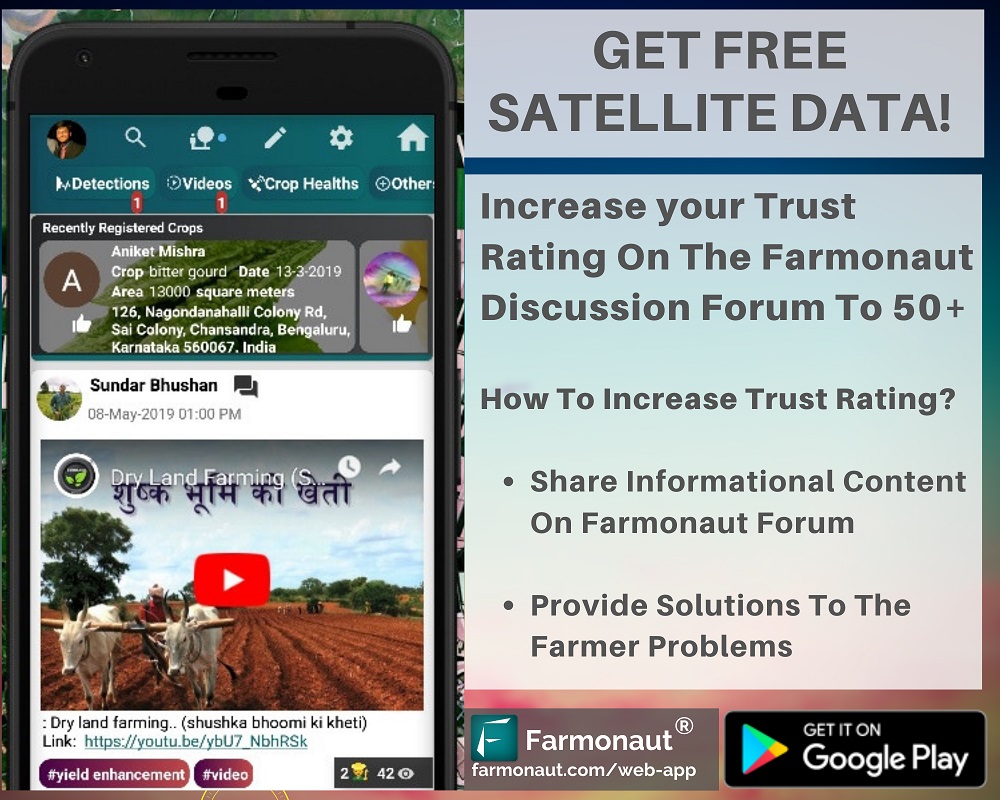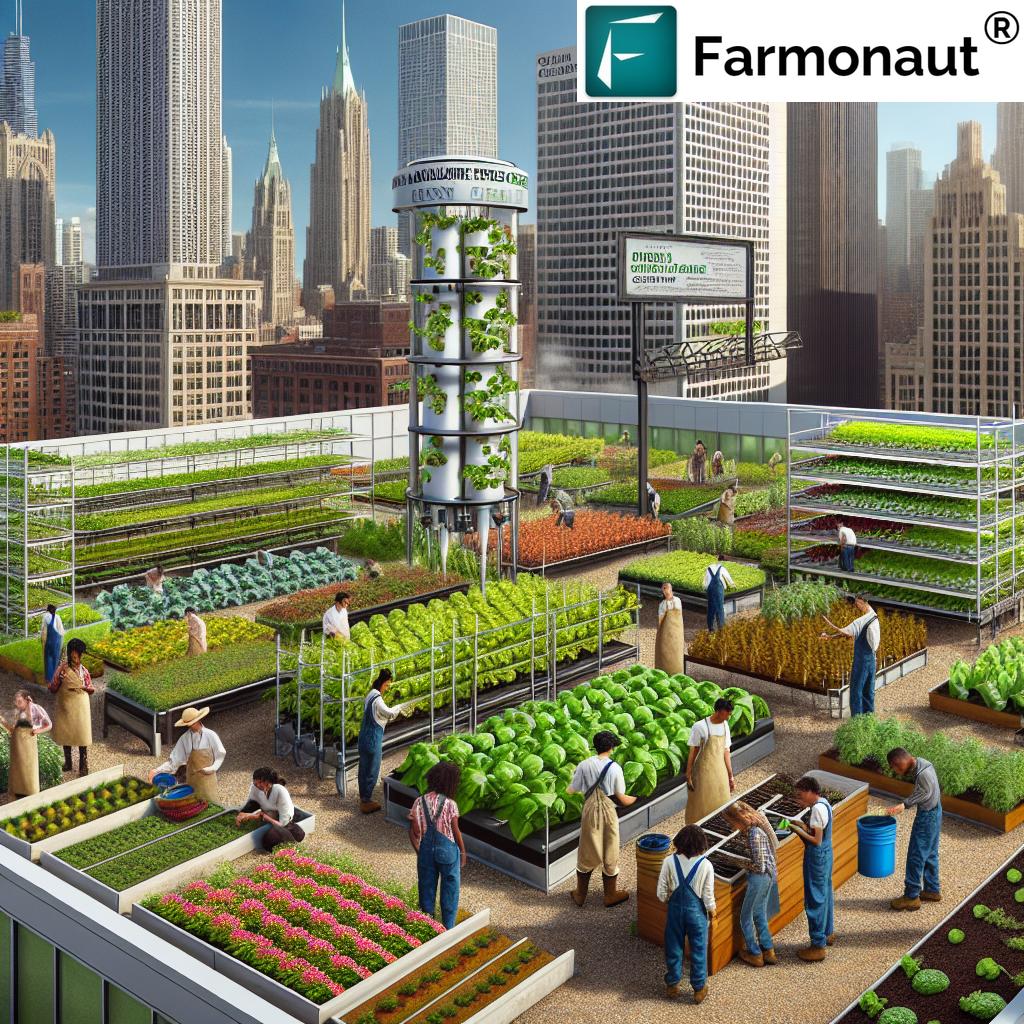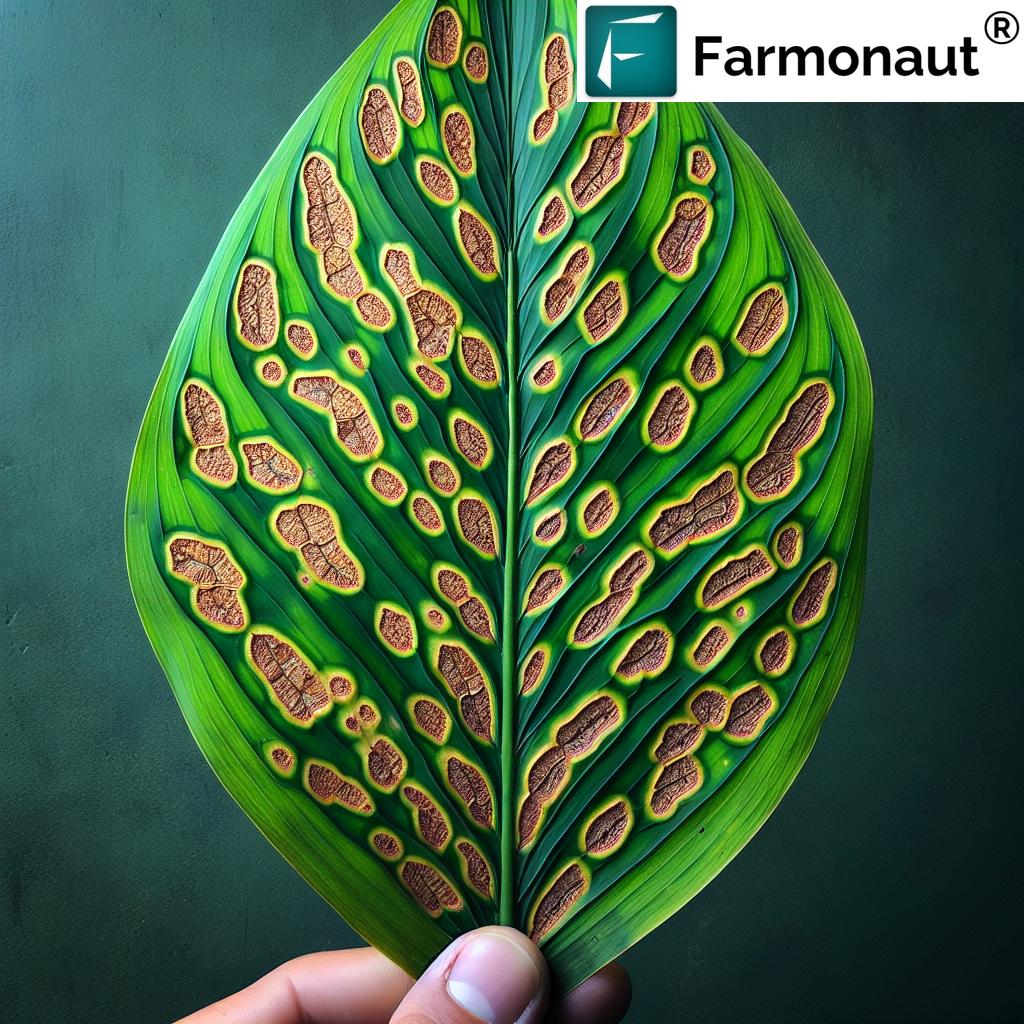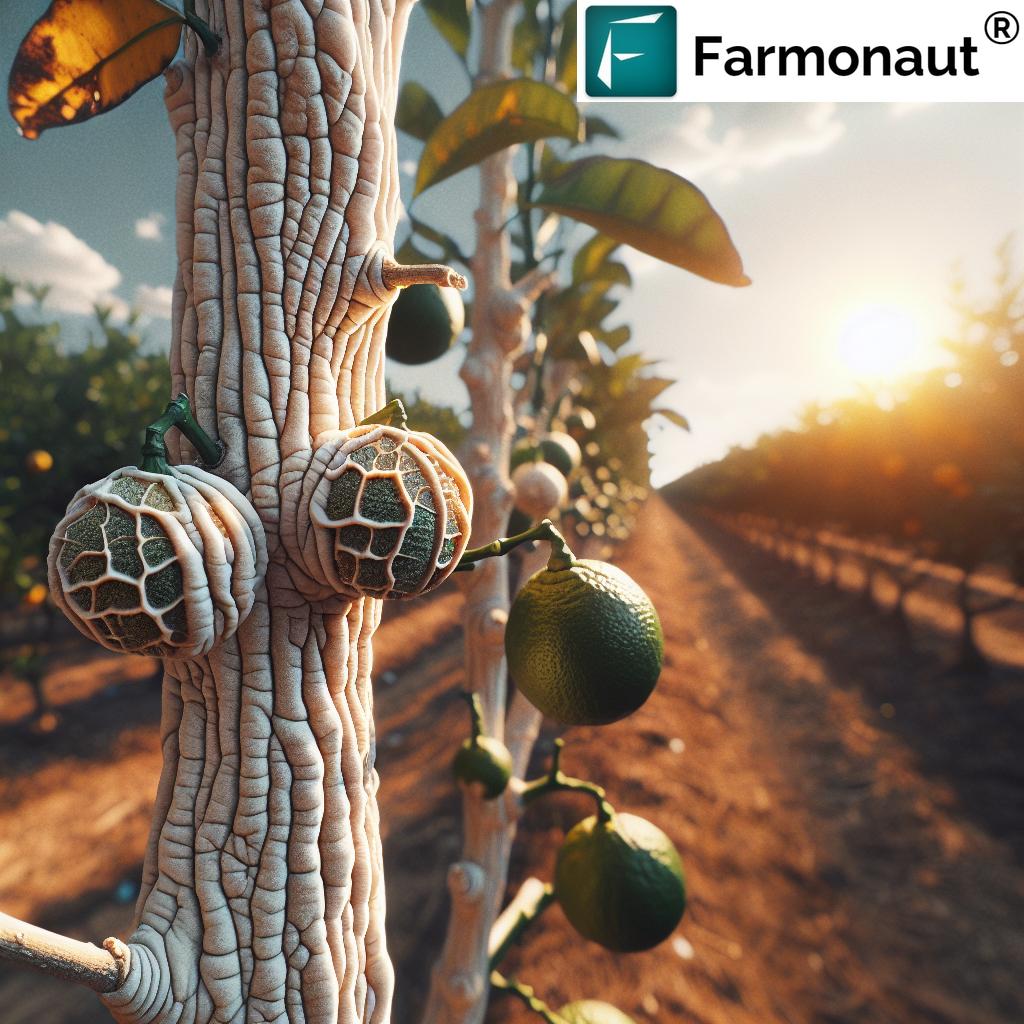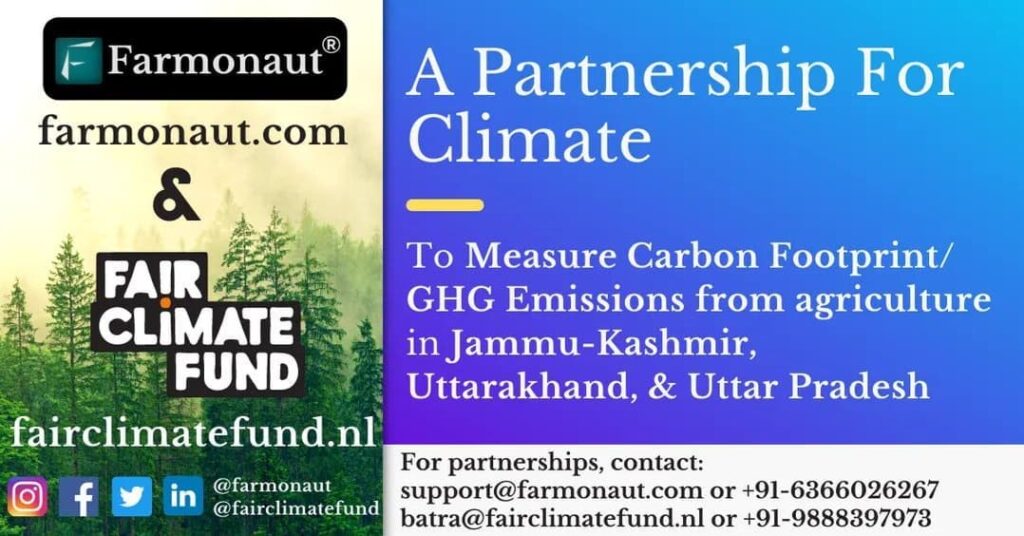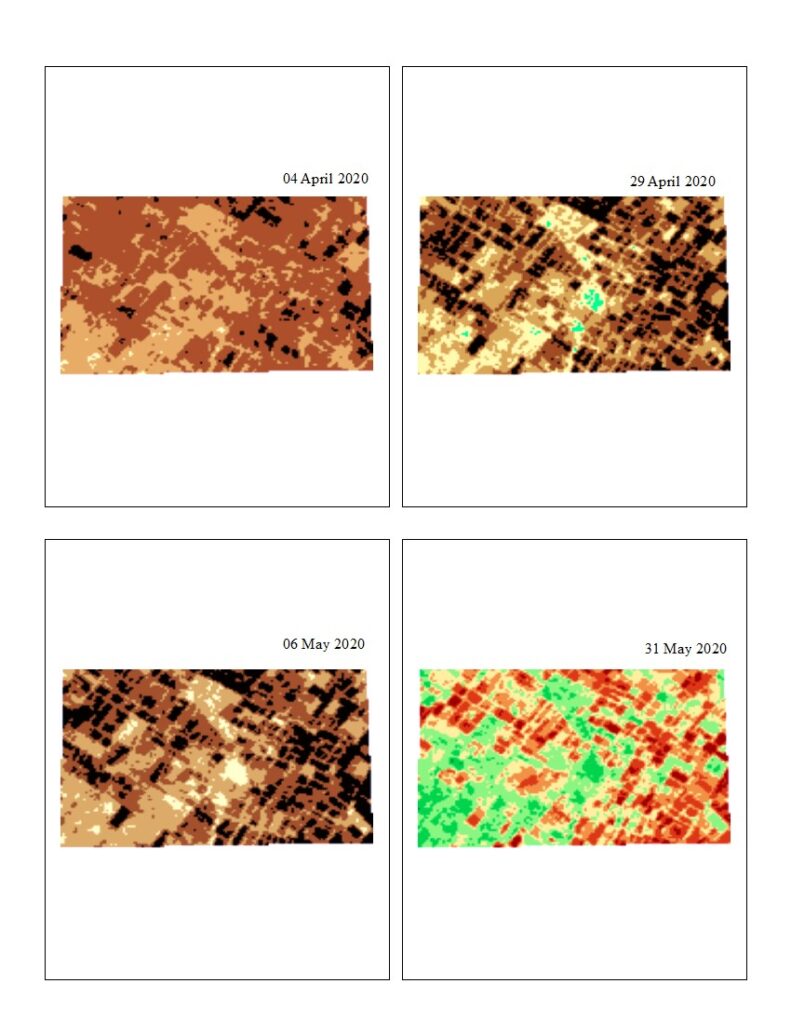Soil Conservation Hacks: 7 Secrets for Massive Yields
Summary: Understanding Soil Conservation
Soil conservation is a cornerstone of agriculture, farming, and forestry, essential for preserving soil health, preventing erosion, and ensuring sustainable land use. Through the careful application of soil conservation practices, we can improve soil fertility, promote water retention in agriculture, and increase yields. Conservation methods like cover cropping, no-till farming, and contour plowing are now considered critical in combatting soil degradation, enhancing organic matter, and fostering environmental health. As modern agriculture faces challenges from climate change and population growth, integrating these techniques safeguards the future productivity of our land while effectively promoting a sustainable balance between human activity and the natural ecosystem.
Explore our Soil Conservation Hacks: 7 Secrets for Massive Yields as we reveal the best strategies for preventing soil erosion, enriching your fields, and supporting a more resilient future for farming communities worldwide.
Why Soil Conservation is Critical
Proper soil conservation protects the thin but vital topsoil layer—the zone richest in nutrients, organic matter, and biological activity. Without strategic intervention, erosion strips away this layer, diminishing fertility, undermining yields, and leading to greater dependence on expensive chemical inputs. Environmental degradation also follows, as fertile lands become less productive, waterways suffer from sedimentation, and aquatic ecosystems are harmed.
A focus on sustainable farming methods ensures food security and long-term farm productivity. Key reasons to prioritize soil conservation:
- Preserves soil structure and integrity
- Prevents loss of nutrients and organic material
- Enhances water retention and infiltration
- Reduces erosion and runoff
- Supports biodiversity and environmental health
- Ensures resilience against climate change impacts
Read on as we dig deeper—pun intended—into the mechanics of soil erosion, degradation, and the actionable practices at your disposal for maintaining soil integrity and improving crop yields.
Understanding Soil Erosion and Degradation
Soil erosion is the process of displacement and transport of the uppermost soil layer, usually by wind or water runoff. While some erosion is natural, it is readily accelerated by human activities such as deforestation, overgrazing, and unsustainable tillage or plowing methods.
- Loss of nutrient-rich topsoil reduces fertility and yield potential.
- Runoff increases sedimentation in waterways, affecting aquatic systems and ecosystems.
- Degradation leaves land less capable of supporting crops or shrubs, driving a cycle of declining productivity.
Addressing these issues is paramount for maintaining soil integrity and the sustainable management of lands, whether in agricultural, forested, or natural settings. The right soil conservation practices can counteract erosion, promote water infiltration, and rejuvenate the structure of your soil.
Soil Conservation Hacks: 7 Secrets for Massive Yields
After laying the foundation of soil conservation, let’s explore the practical, science-backed secrets for massive yields and thriving farms. Each method below has stood the test of time and research—when combined or adapted to your specific land, the results can transform both productivity and sustainability.
1. Contour Plowing: Mastering the Slopes for Erosion Control
Contour plowing is a vital soil conservation technique where we plow along the natural contours of our land, rather than up and down the slope. Historical evidence suggests that this method, practiced by the ancient Phoenicians, can reduce erosion, minimize water runoff, and increase crop yields by up to 50 percent.
- Furrows are created perpendicular to the slope, helping water infiltrate the soil instead of washing away fertile topsoil.
- This technique slows the movement of water, preventing the downhill washing of valuable soil and nutrients, promoting water retention in agriculture.
- It supports improving soil structure and creating mini-terraces, even on moderate slopes.
Implementing contour plowing is especially effective in hilly or sloping fields, making it a practical and affordable choice for many farmers looking to combine erosion prevention with yield improvement.
Tip: Pair contour plowing with cover cropping to double down on soil protection and health.
2. Terracing: Turning Steep Slopes into Productive Lands
When dealing with extremely steep slopes where contour plowing alone won’t suffice, terracing is the solution. This soil conservation method transforms an incline into a series of flat platforms, far more effective at controlling runoff and reducing erosion.
- Terraces “step” the land, significantly slowing water movement and trapping organic matter for crops.
- This method has supported agriculture in places like the Andes and Himalayas for centuries—showcasing the power of ancient yet effective techniques.
- By improving water retention, terracing also supports moisture-dependent crops in dry regions, expanding arable areas and boosting fertility.
Implementing terracing requires careful design—ensure that your platforms follow the land’s natural shape and provide proper drainage to avoid water logging.
3. Cover Cropping: The Living Shield that Boosts Soil Health
Cover crops for soil health are among the most versatile soil conservation practices. By planting resilient species like legumes or grasses when our main cash crop is not growing, we effectively shield the soil from erosion and weed invasion.
- Cover crops form a living mat, protecting against rainfall impact and runoff.
- Legume cover crops fix nitrogen, boosting fertility without synthetic fertilizers.
- Root systems enhance soil structure and promote water infiltration.
- When decomposed, they add organic matter and nutrients back to the field.
- Cover cropping suppresses weeds and can disrupt pest cycles.
Trivia:
When planning your cropping systems, use Farmonaut’s crop health monitoring tools to time cover crop emergence and monitor soil moisture for maximum effectiveness. This approach supports informed management strategies by leveraging near real-time satellite data.
4. No-Till Farming: A Game-Changer in Sustainable Agriculture
Among sustainable farming methods, no-till farming revolutionizes how we steward the soil. Instead of plowing or tillage, seeds are planted directly into the unturned ground.
- No-till farming benefits include drastically reduced soil erosion and disruption of soil structure.
- Higher organic matter and improved soil fertility over time.
- Enhanced moisture retention, less evaporation loss, and lower irrigation needs.
- Support for carbon footprinting initiatives by sequestering carbon in undisturbed soils. Maximize this advantage by exploring Farmonaut’s carbon footprinting tools.
Transitioning to no-till may require new equipment or adjustments in weed management. However, the long-term gains in soil health and sustainability make it a clear favorite for progressive farmers.
5. Agroforestry: Diversity and Protection for Soil and Crops
Agroforestry systems blend trees, shrubs, and crops within integrated land management designs. These systems mimic natural forests and provide a robust defense against soil erosion while supporting ecosystem services.
- Roots hold soil in place, reducing erosion from both wind and water runoff.
- Tree canopies shade soil, preserving moisture and reducing evaporation losses.
- Leaf litter increases organic matter and supports nutrient cycling.
- Supports biodiversity, creating habitats and benefiting pest management through natural predators.
Agroforestry is especially valuable for forestry professionals, large-scale farms, and anyone seeking long-term sustainability. Get inspiration for implementing advanced strategies by reviewing Farmonaut’s comprehensive large scale farm management features.
6. Mulching: The Multi-Purpose Soil Blanket
Mulching entails covering the soil with a protective layer of organic or inorganic materials—such as straw, leaves, wood chips, or even plastic sheeting. This simple yet highly effective method achieves several soil conservation goals:
- Mulching protects the soil from rain impact and erosion.
- Reduces water evaporation—crucial for water retention in agriculture.
- Suppresses weeds by blocking light, reducing the need for herbicides.
- As organic mulches decompose, they contribute to soil organic matter and improve soil structure and fertility.
It’s important to monitor mulch thickness and ingredient selection—avoid materials that might introduce pests or unwanted seeds. For precise monitoring, leverage Farmonaut’s fleet management tools for efficient distribution of mulch and resources across vast fields.
7. Crop Rotation: Balanced Nutrition, Healthier Soils
Crop rotation advantages—the practice of alternating different types of crops in the same field over different seasons—breathe fresh life into tired soils.
- Breaks cycles of pest and disease buildup associated with monoculture.
- Enhances soil fertility by diversifying root structures and plant residues.
- Improves nutrient cycling—e.g., following nitrogen-hungry cereals with nitrogen-fixing legumes.
- Supports soil biodiversity and organic matter accumulation.
- Reduces nutrient depletion and the need for synthetic fertilizers.
Implement regular rotation schedules for wheat, maize, legumes, and cover crops for maximum synergy. Use Farmonaut’s blockchain-based product traceability to document and communicate these practices across your supply chain, building trust and transparency with buyers.
Soil Conservation Practices Comparison Table
| Soil Conservation Practice | How It Prevents Erosion | Estimated Increase in Yield (%) | Improvement in Soil Health (1–10) | Sustainability Level | Ease of Implementation |
|---|---|---|---|---|---|
| Contour Plowing | Slows water flow; reduces surface runoff | 10–50% | 8 | High | Moderate |
| Terracing | Creates flat steps to trap water & soil | 15–40% | 9 | High | Difficult |
| Cover Cropping | Shields soil with living plant cover | 10–20% | 10 | High | Easy |
| No-Till Farming | Maintains soil structure; prevents displacement | 10–25% | 9 | High | Moderate |
| Agroforestry | Root systems anchor soil against rain/wind | 8–25% | 10 | High | Moderate |
| Mulching | Absorbs water impact, reduces evaporation | 8–15% | 8 | High | Easy |
| Crop Rotation | Prevents nutrient/pest depletion | 10–30% | 9 | High | Easy |
Compare the impact, sustainability, and implementation requirements of each soil conservation practice to determine the optimal mix for your land and farming system. The combined use of these techniques delivers the highest returns in terms of improving soil fertility and yield.
Policies and Programs for Soil Conservation
Effective soil conservation depends not only on our on-farm decisions, but also on the support provided by government initiatives and public policies. For example, in the United States, the Conservation Reserve Program (CRP) pays farmers to set aside environmentally sensitive land for restoration and revegetation.
- CRP lands are planted with species known to stabilize soils, improving water quality and boosting wildlife habitat.
- This initiative has reduced on-farm soil erosion rates, protected waterways, and contributed to environmental sustainability in agriculture.
Policies supporting no-till farming, cover cropping, and agroforestry systems further promote carbon sequestration, a vital strategy against climate change. The effectiveness of these policies, however, depends on consistent implementation and regular adaptation to emerging challenges.
To learn how you can integrate technology and data into your own farm conservation planning, see Farmonaut’s API services for real-time soil and crop monitoring, or go deeper with the developer docs to build your own tools.
Challenges and Considerations in Soil Conservation
Despite the proven benefits of soil conservation, implementing these practices can come with real-world challenges:
- No-till farming may require new equipment and changes in weed/pest management strategies.
- The effectiveness of cover cropping is contingent on local soil types, climate, and crop choice.
- Success often demands consistency—intermittently reverting to tillage negates long-term benefits.
- Scaling up methods like terracing can be labor intensive and financially demanding.
Nevertheless, advances in agricultural technology, like those from Farmonaut, are making it easier to monitor soil health, schedule interventions, and assess yields. Embracing these innovations can help us navigate complexities and tailor solutions to both large- and small-scale farming operations.
If you’re managing large plantations or coordinating multiple field teams, discover the strengths of resource and fleet management to heighten your efficiency and oversee the adoption of best-in-class conservation practices.
Farmonaut: Empowering Precision Soil Conservation
Farmonaut stands at the forefront of the agricultural technology landscape, driving the global shift toward precision soil conservation and sustainable agriculture. With our integrated platform accessible via Android, iOS, and Web Apps, and powerful APIs, we make smart field management affordable, scalable, and accessible to farmers, agri-businesses, and institutional users everywhere.
- Satellite-Based Crop Health Monitoring: Receive real-time data on crop health, soil moisture, and vegetation vigor—empowering smarter decisions on irrigation, input application, and pest management.
- Jeevn AI Advisory System: Get AI-driven recommendations for optimal soil management strategies, including predictive insights for conservation tillage techniques and cover crop scheduling.
- Blockchain-Based Traceability: Build trust and transparency for your operations with end-to-end supply chain verification, enhancing your brand’s sustainability credentials and marketability. For details, see Farmonaut’s traceability solutions.
- Resource & Fleet Management: Streamline your farm operations with integrated logistics tools, minimizing operational costs and boosting long-term productivity.
- Carbon Footprinting: Track and manage your carbon emissions and environmental impact for compliance and climate-resilient farming. Learn more here.
Our subscription-based model ensures flexibility, while our scalable API offerings make Farmonaut the trusted choice for everyone from smallholders to the largest government and research institutions. Review our pricing below:
For advanced satellite-based farm management and precision soil conservation insights, tap into Farmonaut’s affordable solutions designed for all stakeholders in the agricultural ecosystem.
Frequently Asked Questions: Soil Conservation
What are the best soil conservation practices for small and medium farms?
Contour plowing, cover cropping, mulching, and crop rotation are all accessible, easy to implement, and yield substantial results in erosion control and soil fertility. No-till farming is increasingly viable with modern equipment and support.
How does no-till farming benefit soil health and yields?
No-till farming conserves soil structure, increases organic matter, reduces erosion, and usually results in up to 30% improvement in soil fertility over the long term—leading to higher and more sustainable crop yields.
Can technology help in implementing soil conservation practices?
Yes! Farmonaut’s remote sensing and advisory solutions provide actionable data on soil moisture, vegetation vigor, and crop health, making it easier to time and assess the effects of conservation strategies, improving overall efficacy.
What’s the role of cover crops in organic and conventional farming?
Cover crops are essential for both, as they shield soil during fallow periods, suppress weeds, support pest management, and provide green manure to enhance soil structure and fertility across organic or conventional fields.
Why is crop rotation considered a critical soil conservation practice?
Rotating crops prevents soil exhaustion and pest/disease cycles, ensuring continuous improvement of nutrients and organic matter in the field, supporting sustained productivity.
Are government programs available for soil conservation?
Yes, initiatives like the US Conservation Reserve Program (CRP) provide incentives and support for implementing soil conservation practices that deliver both environmental and economic benefits.
How does Farmonaut support large-scale and forested land management?
Farmonaut provides specialized tools for large scale farm and forest management, enhancing monitoring, advisory, and efficiency for plantation and forestry users.
How does soil conservation relate to climate change?
Proper soil conservation stores more organic carbon, reduces greenhouse gas emissions, and builds resilience against climate change impacts like drought and extreme rainfall events.
Conclusion
In a world facing growing demand for food and mounting environmental pressures, soil conservation stands as our most effective means of improving soil health, protecting our land, and ensuring food security. By adopting a blend of the above 7 secrets—contour plowing, terracing, cover cropping, no-till farming, agroforestry, mulching, and crop rotation—we can confront erosion and degradation at their source, unlock the full productivity of our fields, and steward the land for generations to come.
Modern technology, including Farmonaut’s advanced satellite, AI, and blockchain-powered tools, make these practices more accessible and effective than ever before. By embracing both traditional wisdom and new innovations, we don’t just preserve our soil—we ensure a sustainable, abundant, and resilient agricultural future for all.





